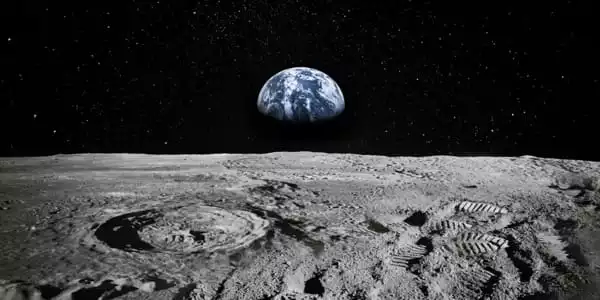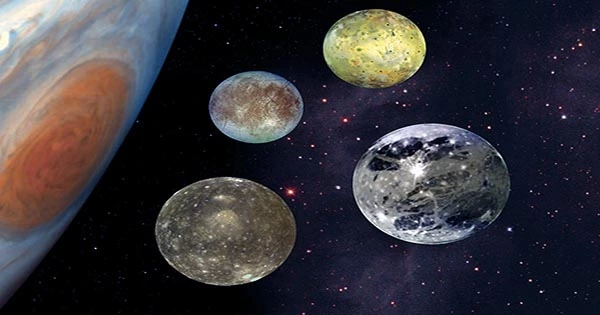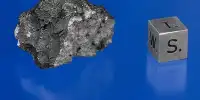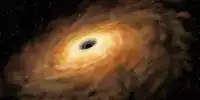More spacecraft will soon be visiting Jupiter’s frigid moons Europa and Ganymede, which will undoubtedly reveal their mysteries. But planetary scientists aren’t just sitting around waiting. They are occupied as Juno circles Jupiter, and we have telescopes on Earth making far-off observations. Now, astronomers have made available the clearest images of these Jovian moons ever taken from Earth, offering fresh details on their chemistry.
The smallest Galilean moon of Jupiter, Europa, has been observed. It is an icy globe around the size of our Moon that is mostly covered in water ice with some exterior non-icy impurities. The only known location outside of Earth with active volcanoes, the neighboring moon Io, may have thrown out some of it.

Lead author Oliver King from the University of Leicester School of Physics and Astronomy said in a statement, “We mapped the distributions of the different materials on the surface, including sulphuric acid frost which is mainly found on the side of Europa that is most heavily bombarded by the gases surrounding Jupiter.
The modeling revealed that a range of different salts might be present on the surface, but it also showed that infrared spectroscopy by itself is frequently insufficient to pinpoint which particular types of salt are there.
The observations of Ganymede show how the moon’s terrain can be classified into two categories: recent terrain with abundant water ice and older terrain with unknown compositions. We can anticipate salts covering this icy world’s surface.
The SPHERE instrument on the Chile-based Very Large Telescope of the European Southern Observatory (ESO) was used to capture infrared images of the icy moons.
Because of this, King continued, “we have been able to map Europa and Ganymede in great detail, observing features on their surfaces that are smaller than 150 km across, all at distances of more than 600 million kilometers from Earth.” Until now, the only method to map at this fine scale was to send a spacecraft all the way to Jupiter to view the moons up close.
The only known moon with a magnetic field is Ganymede, which may produce auroras, brilliant ribbons of luminous gas that circle the poles of the moon.
The two missions that will investigate these moons, NASA’s Europa Clipper and the ESA’s Jupiter Icy Moons Explorer (JUICE), both involve senior author Professor Leigh Fletcher.
These ground-based observations have piqued Professor Fletcher’s interest in further research on Jupiter’s moons.
The paper on Ganymede has been accepted for publication in JGR: Planets, while the work on Europa has been published in the Planetary Science Journal.
















